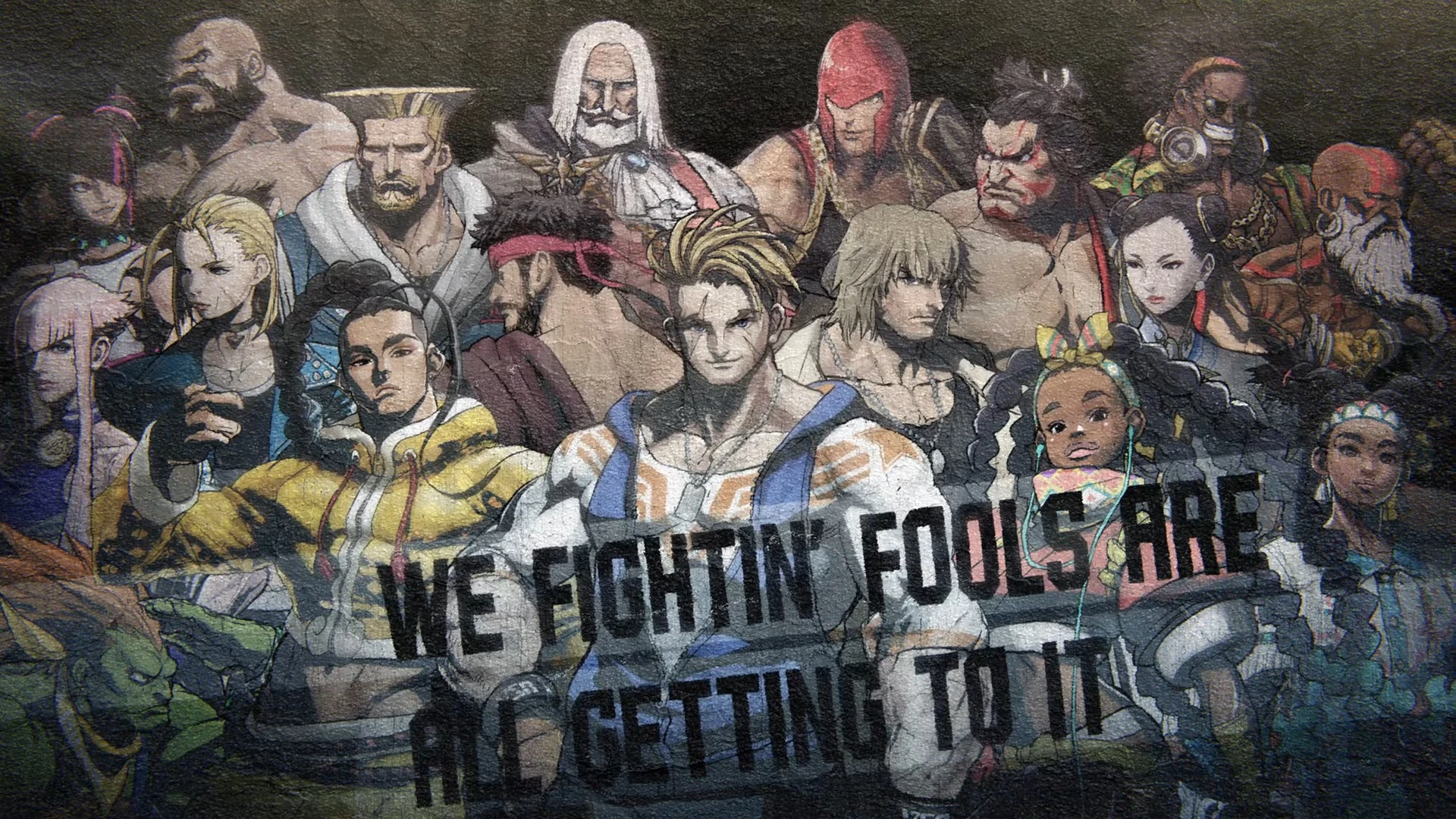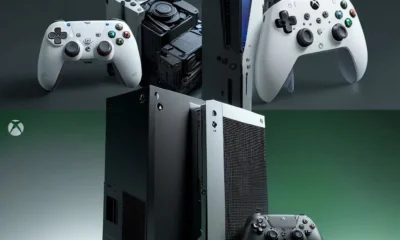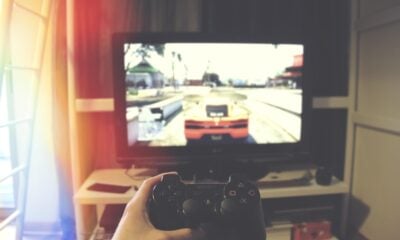Culture
Street Fighter 6 and a New Modern Control Scheme: Demystifying the Hadouken

Street Fighter commonly resides in the minds of many gamers over the past three decades. First debuting with the very rough Street Fighter in 1987, the series quickly gained traction for its innovative fighting mechanics and razor-sharp control stringency. Common special moves like the “hadouken” or “shoryuken” required complex directional inputs like quarter-circles and the dreaded “Z” pattern, respectively. Today, modern titles in the series like Street Fighter V still use a radically similar approach to special moves – much to the comfort of veterans and the dismay of prospective players alike. With Street Fighter 6, Capcom is looking to bridge that gap of interest with the advent of its brand-new control scheme: “Modern.”
A Modern Vision
It’s setting out to do what it says on the tin, modernizing a now 30+ year-old convention of featuring moves that require deliberate directional combinations to execute. Instead of inputting a half-circle backward followed by an attack button, players using the “Modern” control scheme can simply hold a modifier button while pressing a button dedicated to special moves. To input different moves, the modifier can be held in any cardinal direction before inputting the special move button. Think aiming a gun in an FPS and pressing the fire button; it’s that easy. That’s not all, either; in Street Fighter 6, players can also perform super arts (scary-strong moves that burn resources for high damage) by pressing two buttons simultaneously. The game’s fresh resource mechanic – the “drive gauge,” may also be utilized through various “drive” moves (parries, attack-cancels, etc.) executed with either a single or dual button press. Combos and juggles can be executed just by holding that modifier button mentioned earlier and pressing one of three attack buttons multiple times in succession – not unlike Dragonball FighterZ and its auto-combo system. However, unlike Dragonball FighterZ, this control scheme is entirely optional.

Making the actual“fighting” in fighting games easier to execute will likely pull more people into the historical series, gradually easing them into the many mechanics of what is a complicated game through and through. Further, those with impairments who might normally have increased difficulty performing complex button inputs can enter the scene with much less worry regarding execution. While some expert players like @BrolyLegs overcame their impairment during a time when accommodating controls weren’t nearly as prominent of a design choice, it’s a refreshing sight to see one of the most hardcore fighting games properly value its series’ accessibility moving forward.
Streamlined Attacks
But what does this mean for those who use the traditional “Classic” scheme? For one, the player has access to all six attack buttons: low, medium, and heavy punches/kicks. This contrasts the new scheme’s three-button layout of light, medium, and heavy “attack.” While this is a clear simplification of a character’s repertoire, the player would likely be substantially more comfortable with the game’s mechanics by the time it started to matter. After getting down the fundamentals, they would be much better equipped to consider the major differences between the two control options (and thus potentially opt for the “Classic” scheme).

Despite the clear cutbacks to gameplay complexities, some players still choose to lament the optional control scheme while others embrace the prospect of recruiting new players to Street Fighter and the fighting genre. VesperArcade’s video provides an informative, optimistic take on the changes and how they competently balance ease-of-use and competitive effectiveness.
While the fighting game community has lived and died by the storied efforts of its dedicated fans, the games themselves are evolving into something more and more fresh over the years. In the end, a gaming community stems from the hobby and its players but providing more vehicles for those to keep up with its seasoned veterans is a step toward a broader future. Whether it’s throwing a fireball or landing that perfectly-tick-thrown SPD, there is potential for more players than ever to find their style in the sixth Street Fighter to come.
Adam Beik

-

 Features4 weeks ago
Features4 weeks agoDon’t Watch These 5 Fantasy Anime… Unless You Want to Be Obsessed
-

 Culture3 weeks ago
Culture3 weeks agoMultiplayer Online Gaming Communities Connect Players Across International Borders
-

 Features4 weeks ago
Features4 weeks ago“Even if it’s used a little, it’s fine”: Demon Slayer Star Shrugs Off AI Threat
-

 Features2 weeks ago
Features2 weeks agoBest Cross-Platform Games for PC, PS5, Xbox, and Switch
-

 Game Reviews4 weeks ago
Game Reviews4 weeks agoHow Overcooked! 2 Made Ruining Friendships Fun
-

 Features2 weeks ago
Features2 weeks agoThe End Is Near! Demon Slayer’s Final Arc Trailer Hints at a Battle of Legends
-

 Features3 weeks ago
Features3 weeks ago8 Video Games That Gradually Get Harder
-

 Features3 weeks ago
Features3 weeks agoDon’t Miss This: Tokyo Revengers’ ‘Three Titans’ Arc Is What Fans Have Waited For!
-

 Game Reviews4 weeks ago
Game Reviews4 weeks agoHow Persona 5 Royal Critiques the Cult of Success
-

 Guides3 weeks ago
Guides3 weeks agoHow to buy games on Steam without a credit card
-

 Game Reviews2 weeks ago
Game Reviews2 weeks agoFinal Fantasy VII Rebirth Review: A Worthy Successor?
-

 Uncategorized3 weeks ago
Uncategorized3 weeks agoSleep Meditation Music: The Key to Unwinding




















Real talk
September 26, 2022 at 8:43 am
This would let my daughter play with me. She likes fighting games but she’s 8 and some of the moves on the controller are hard to pull off for her.
Adam Beik
September 26, 2022 at 8:44 pm
Awesome, I’m hopeful she’ll get the hang of the new system! Maybe she’ll even teach you a thing or two 😉
thetruth
September 26, 2022 at 4:19 pm
Hadoken, much better spelling and looks better. The “u” makes it looks somewhat wimpy, like a british word.